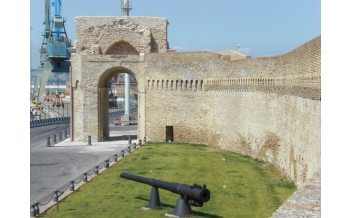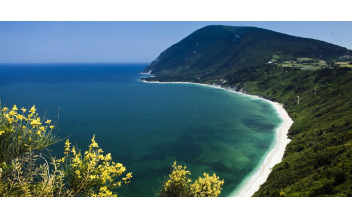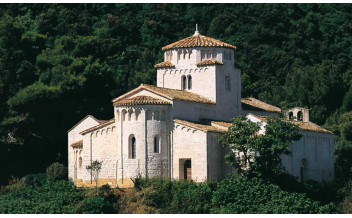Activities
-
-
Arco Clementino, Ancona
This neoclassical arch was designed by Vanvittelli in honour of Pope Clement...
-
Piazza del Plebiscito, Ancona
Also known as Piazza del Papa, this square is the city's heart, socially and...
-
-
The Bay of Portonovo and Mount Conero, Ancona
Only a few kilometres from the city Portonovo bay, at the foot of Mount...
-
The Cardeto Park, Ancona
This area, which is now a park covering roughly 85 acres from the Cappuccini...
-
The Cathedral of Ciriaco, Ancona
The building’s geographical position, plus its historical and religious...
-
The Church of San Domenico, Piazza...
The inside of the church of San Domenico (Italian: Chiesa di San Domenico)...
-
The Church of Santa Maria della Piazza,...
Built between the 11th and 12th centuries on the remains of an earlier...
-
The Cittadella and the Cittadella Park,...
Built on the top of one of the old city’s highest points, the citadel, also...
-
The Jewish Cemetery, Ancona
The Jewish cemetery, inside the Cardeto Park is the historic Israelite...
-
-
The Roman Port, Ancona
Archaeological digs which were carried out between 1999 and 2002 by the local...
-
-
The church of Saint Mary of Portonovo, Ancona
Immersed in a natural setting high above the sea and looking out onto a small...
-





















